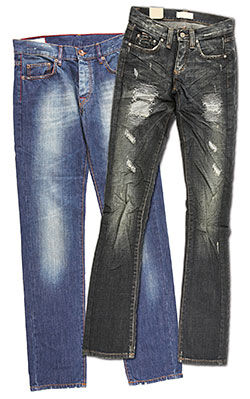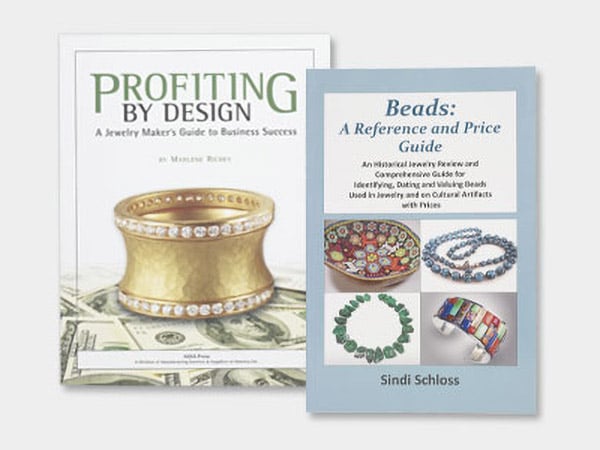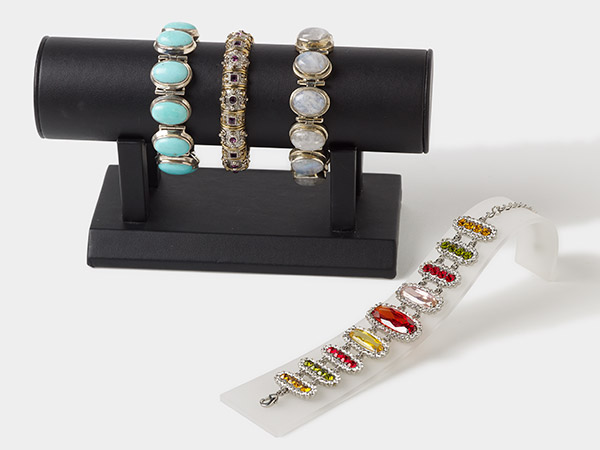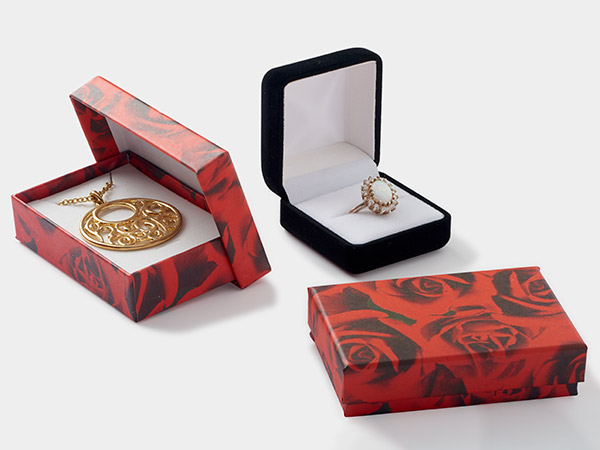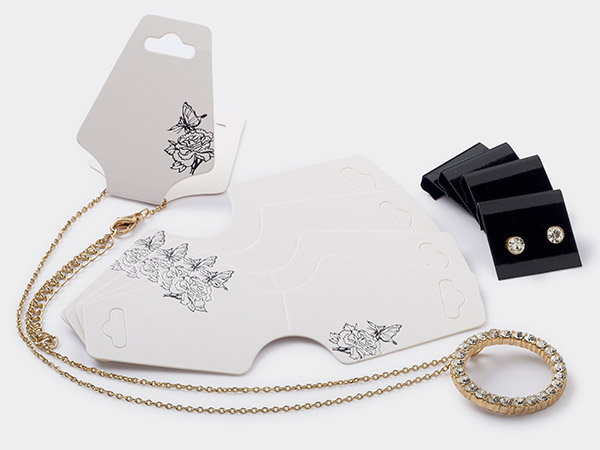Perceived Values Negotiating the Fine Balance Between Pricing Based on Buyer Demand and the Actual Cost of Production
by Donald Clark
I've been told that if I price my work higher, buyers will think it is worth more and they may be more inclined to buy from me. Is this true in the world of crafts? On one hand, I don't want to lose buyers because they think my work is overpriced. On the other hand, I don't want to lose out on profit because I priced my work too low. How does this concept work in this industry?
- Emme Abrams
There certainly is something to be said about perceived value. Let's understand perceived value to mean value not related to the cost of materials and production. Why would anyone pay $500 for a pair of jeans when perfectly serviceable ones are available for less than $100?
Perhaps it has to do with words like Calvin Klein, Ralph Lauren, and Dolce and Gabbana--all well-known brand names. People know that they are paying more for those jeans because they have designer labels that relate to a brand that is known for quality and good design, not because the cost of time and materials justifies the price. The perceived value here will be enhanced by the satisfaction the purchaser will get when people notice and recognize the choices that they have made.
So, now for your work. You don't say what you make or anything about the position of your brand in the marketplace. Both of these factors influence what the consumer is willing to pay for an object. For instance, the typical customer will pay more for a goblet blown by a well-known glass artist than they will for one from an unknown maker. In addition, consider the same factor--if you are well-known and sell your work easily, then you are probably in a position to increase your prices and not lose sales. Increasing your prices gradually is probably best.
My brother and I went into business together a few years ago with our lathe-turned, food-safe utensils and serve ware. We are adding two interns to our team this year, and we feel we are ready to jump into the wholesale realm of sales. Until now, we've been selling at shows and online, so how should we go about pricing our work to be attractive to wholesale buyers?
- Chaz McCannon
I suggest you price the work to be attractive to you--profitable. I've written about this before and devote a chapter in my book to getting the price right. Basically, all pricing must start with accurate information about the cost of materials and production. I also would advise you to check out the market and note the prices assigned to similar items. Then, as you begin to develop your line, you will have some price goals to aim for.
Create a time sheet and keep track of the time you put into each piece. Decide what you need to be paid per hour to generate enough income to support yourself and your family. In addition, make a place on the sheet to note the cost of materials. Add these figures together and you have the basic costs involved in producing the piece. However, you still haven't accounted for the overhead costs related to running your studio or the costs of promotion and travel related to selling your work.
To get a handle on this number, you'll need to set up a form to project expenses for a year and then assign a reasonable portion to each piece. If after all this you feel the cost is too high to be attractive, you have two choices: figure out a way to make it for less or not include that item in your wholesale line. On the other hand, if the price seems lower than the market will bear, mark it up higher--after all, you're in this to make money, not to allow other people to purchase beautiful handmade items for less than their value.
I recently began crafting handmade Christmas ornaments, but I am running into challenges with pricing. Some of my materials are recycled fabrics from secondhand stores or pieces given to me, and I don't know how to factor this into my prices. If one ornament costs me more to make than another due to the fabrics, but they look similar, should I price them equally?
- Darlene Springer
My primary pricing rule will help here:
working from the ends to the middle,
always be aware of the costs and the
targeted wholesale price.
Of course, items with the same perceived value must be priced the same, so let's figure out a way to make this happen. My primary pricing rule will help here: working from the ends to the middle, always be aware of the costs and the targeted wholesale price. Remember, whether you sell an item at wholesale, retail it yourself, or someone else retails it, the pricing is all based on wholesale costs.
Let's start by collecting some retail prices, which will help generalize the wholesale price range for similar ornaments already on the market. You can then divide these numbers in half to get an estimated wholesale range. The question is, can you make your ornaments so they can sell within the perceived price range?
You'll have to keep track of your time and materials. Time means any time you put into production, including shopping. We need a wholesale cost to get this going--$15 seems reasonable. If you can make a piece in 30 minutes, at $20 an hour you'll have $10 of labor, which leaves you $5 for materials. At last we get to your materials question. We know you can use $5 worth of materials, wherever they come from, on an ornament and make a profit, so you can't spend more than that. If a friend gives you the fabric, you can still factor in the $5 and you end up making more money!
Have a question regarding this project? Email Customer Service.
Copyright Permissions
All works of authorship (articles, videos, tutorials and other creative works) are from the Fire Mountain Gems and Beads® Collection, and permission to copy is granted for non-commercial educational purposes only. All other reproduction requires written permission. For more information, please email copyrightpermission@firemtn.com.


